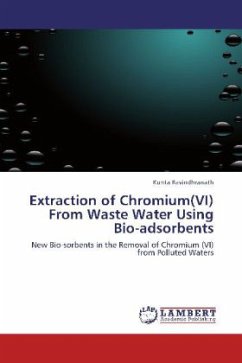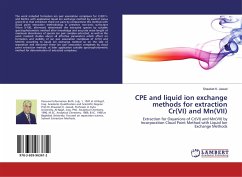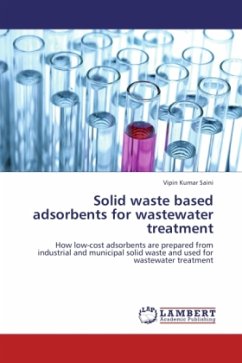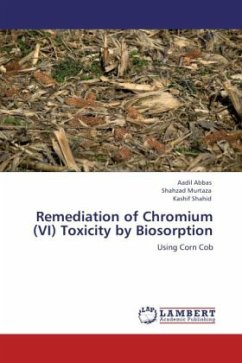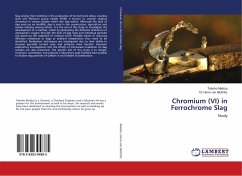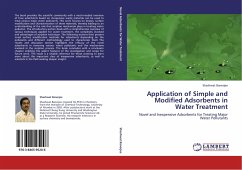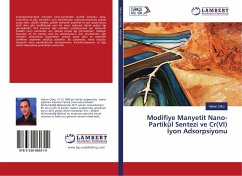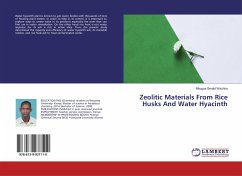Recent literature indicates that the adsorption characteristics of the bio-adsorbents are being successfully evoked in effectively removing the polluting ions from waste waters. While probing the bio-materials of different plants for their ability to control polluting ions, we noticed affinity between toxic Chromium (VI) and adsorbents derived from some herbs like Achyranthes aspera, Mentha and Emblica officinalis; shrubs like Hybiscus roja- sinensis, Ocimum sanctum and Psidium guajava; trees belonging to the fabaceae family viz., Tamarindus indica , Acasia nilotica Indica and Acacia Arabica; and some Other trees: Ficus benghalensis , Syzygium cumini, and Azadirachta indica. The present work is a thorough study on the optimization of physicochemical parameters for the maximum removal of Chromium (VI) from polluted waters. The methodologies developed are applied to diverse waste water samples collected from industrial effluents and polluted lakes. The procedures are found to be remarkably successful in removing the Chromium (VI) from waste waters.
Bitte wählen Sie Ihr Anliegen aus.
Rechnungen
Retourenschein anfordern
Bestellstatus
Storno

